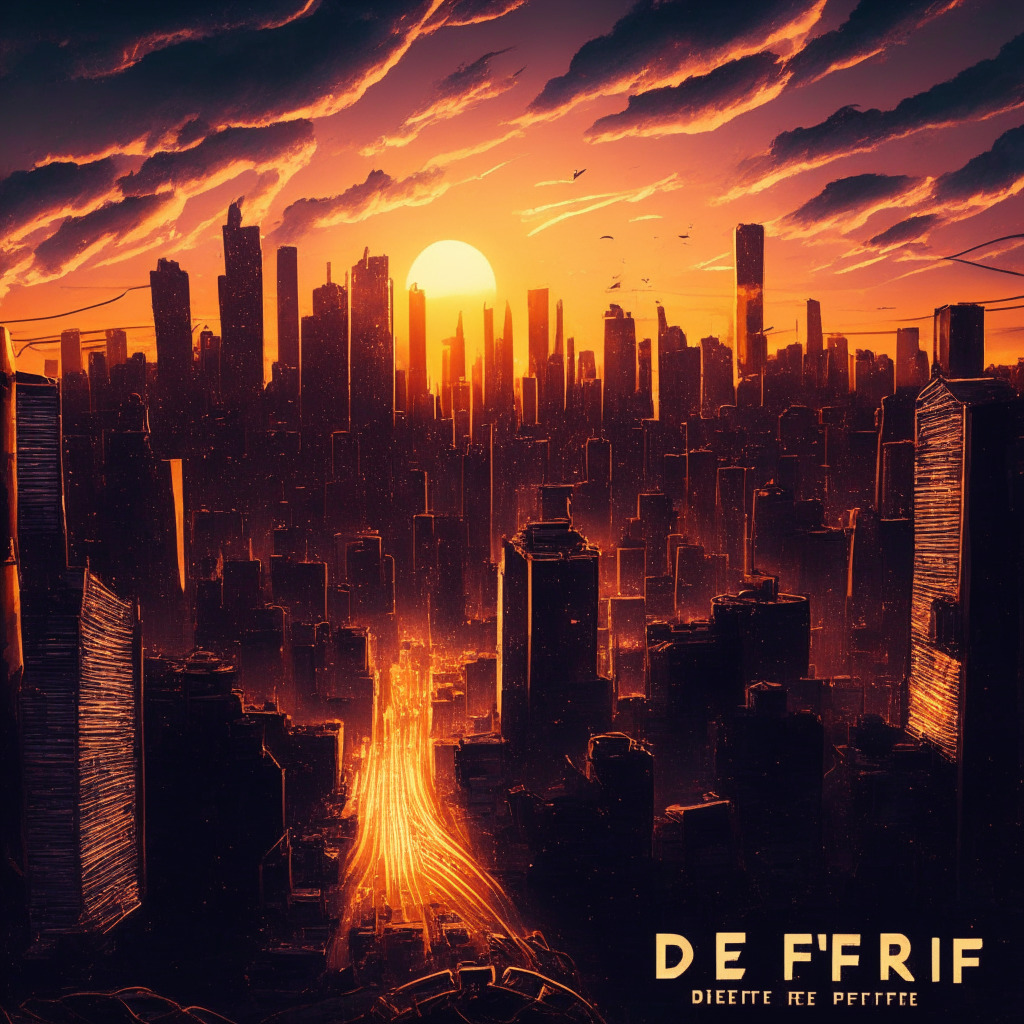Microsoft’s recent announcement about new artificial intelligence (AI) features for Bing chatbot and Edge browser certainly raised eyebrows in the technology community. The tech giant has revealed full access to the GPT-4 model on Bing, giving users the same level of AI power that fuels ChatGPT’s “Plus” subscription service. This move comes in addition to upcoming features such as multimodal outputs, chat history, and third-party plug-ins, which might create some confusion for users weighing the benefits of subscribing to ChatGPT Plus.
One potentially game-changing aspect of Bing’s upcoming updates is its multimodal support. This feature will enable Bing chatbot to produce responses integrated with text, images, videos, and even charts and graphs. By contrast, ChatGPT Plus does not currently offer image generation or web search capabilities. This added functionality in Bing could give it a competitive edge, particularly for users seeking a more comprehensive digital assistant experience.
Moreover, Microsoft aims to make its Bing chatbot offerings more personalized by remembering context from previous interactions, a feature bound to enhance user experience. The company has also demonstrated its ambition by revealing “Edge Actions” or “Bing Actions,” integrations featuring third-party plug-ins such as OpenTable and Wolfram/Alpha. These integrations are designed to allow users to reserve restaurant tables and create complex visualizations for math and science queries directly within the chat interface. It remains to be seen which additional integrations will be launched in the future.
Notably, all these new features will be accessible to users without any subscription, with the only requirement being a free Microsoft account. This begs the question – why opt for ChatGPT Plus, which charges $20 per month for access to the same GPT-4 model? Given the seemingly overlapping services offered by Bing Chat and ChatGPT Plus, users may find themselves questioning the value of upgrading their subscriptions.
The situation is further complicated by Microsoft’s investment in OpenAI, the creator of ChatGPT. Although Microsoft invested a whopping $10 billion in this company, it appears that the two are competing for users in the AI space rather than partnering to offer a unified product. This raises even more questions around optimization and differentiation. For instance, why utilize Bing’s offering when ChatGPT is expected to have browsing capabilities soon, or vice versa?
Overall, the landscape of AI-powered chat services has become murkier with Microsoft’s entry into the market. The apparent competition between ChatGPT Plus and Bing Chat raises concerns for consumers trying to make informed decisions about their options. As the AI chatbot landscape gets more competitive, both providers will have to focus on delivering unique value propositions that cater to different user preferences and needs.
Source: Cointelegraph




